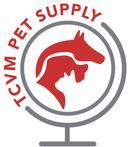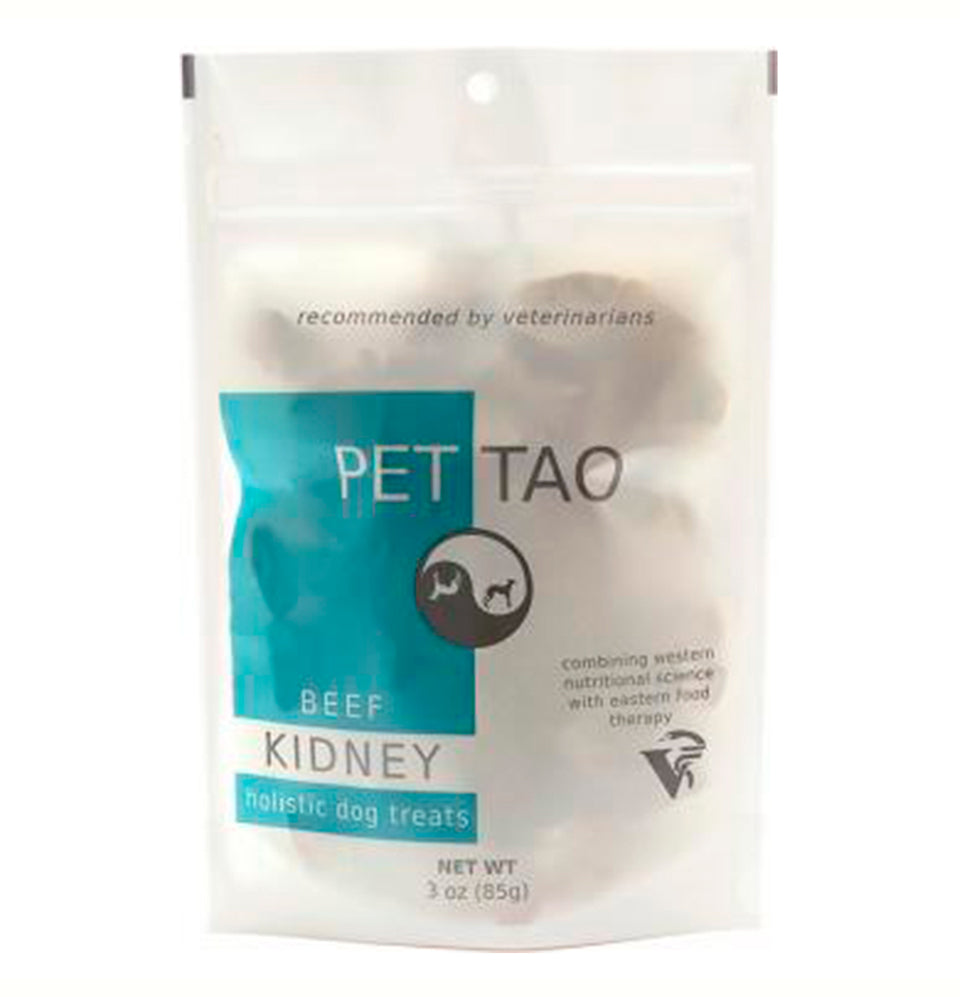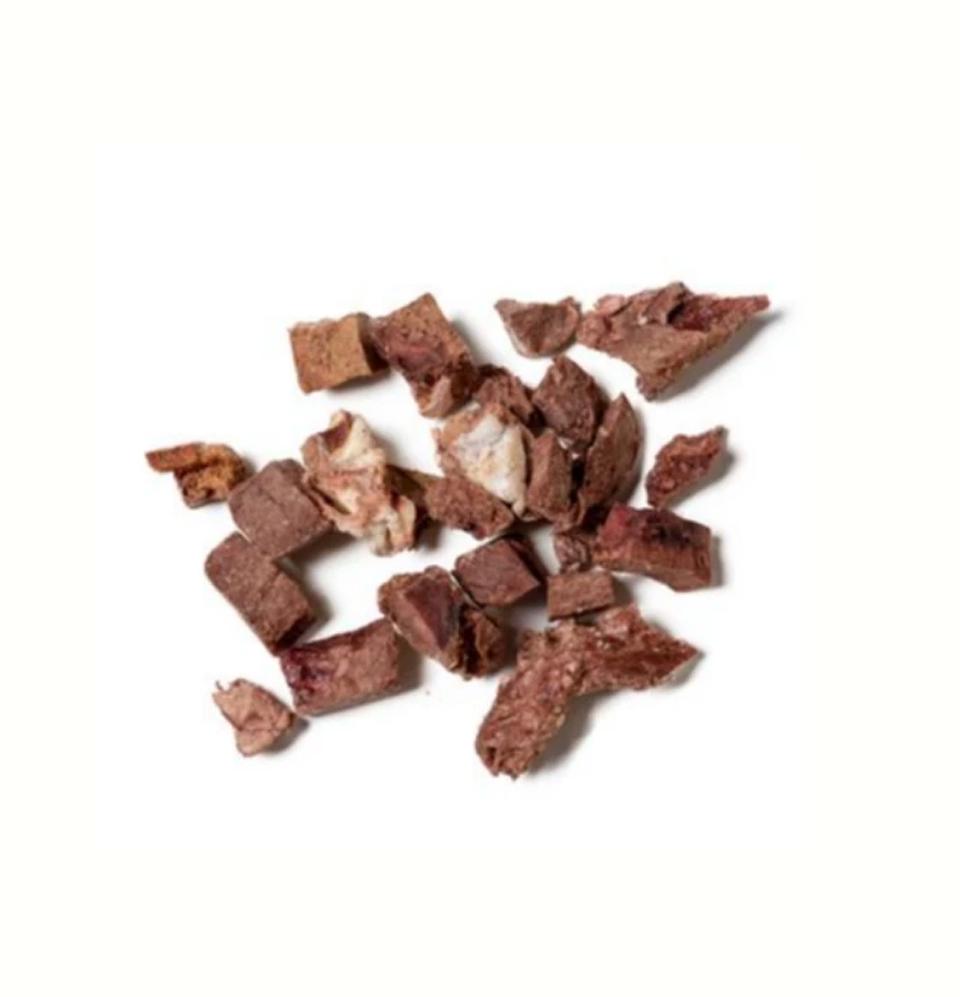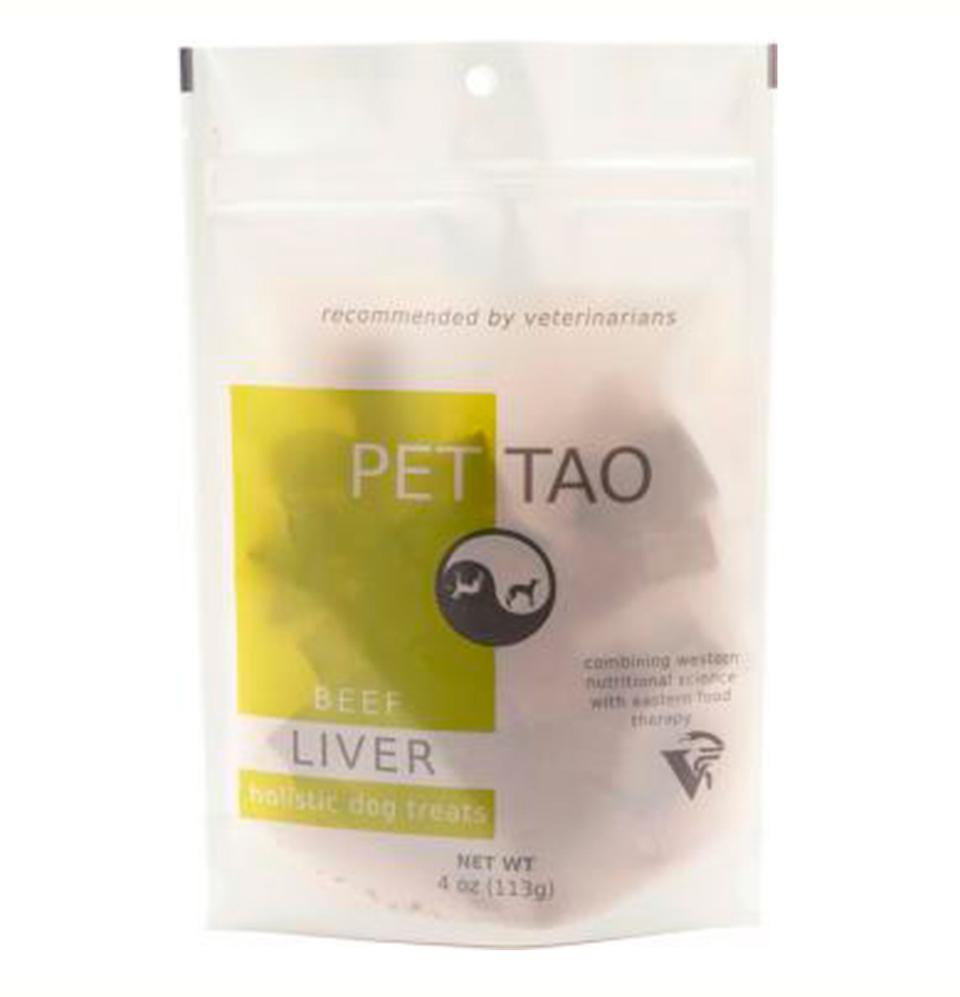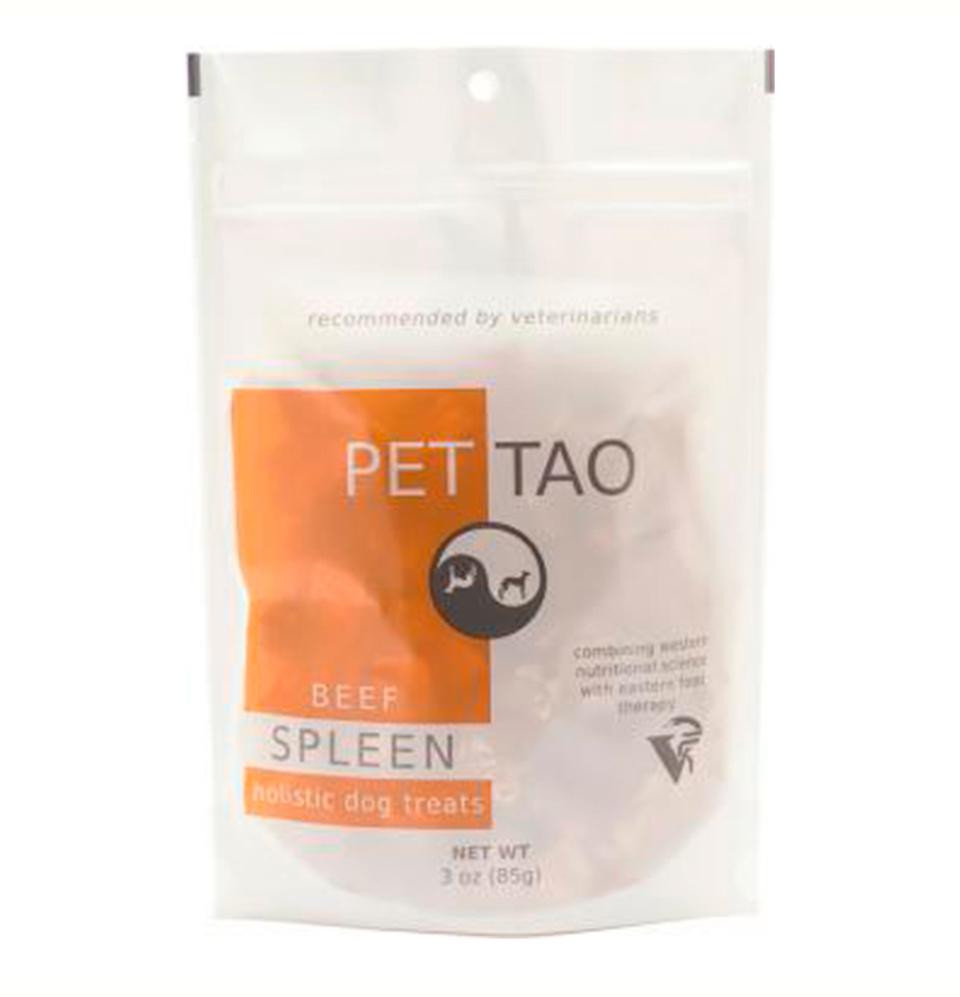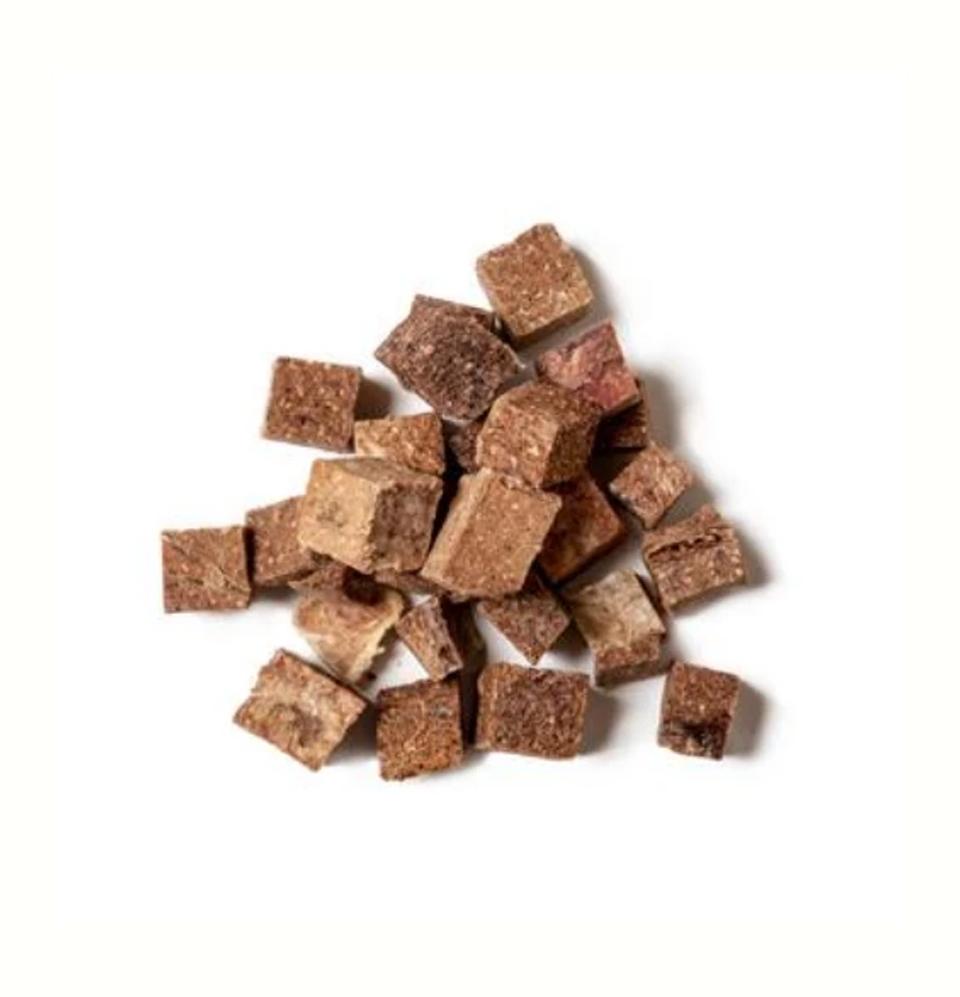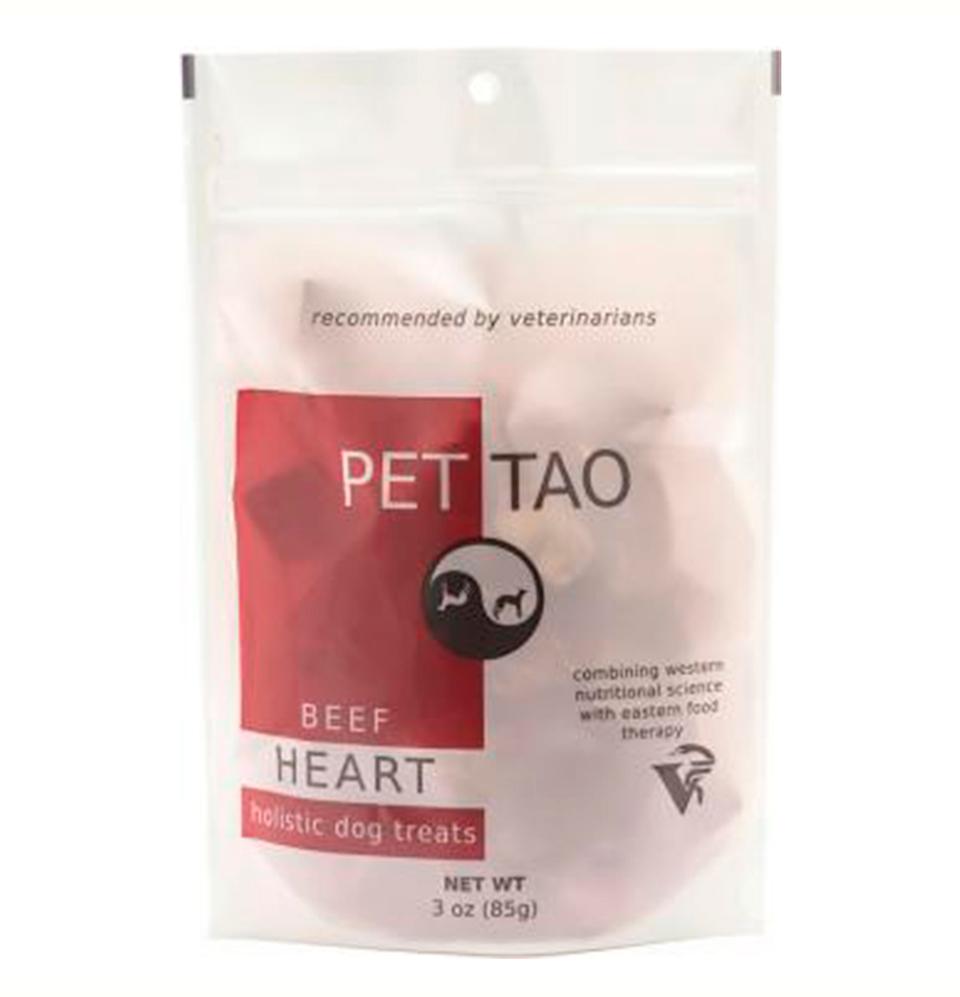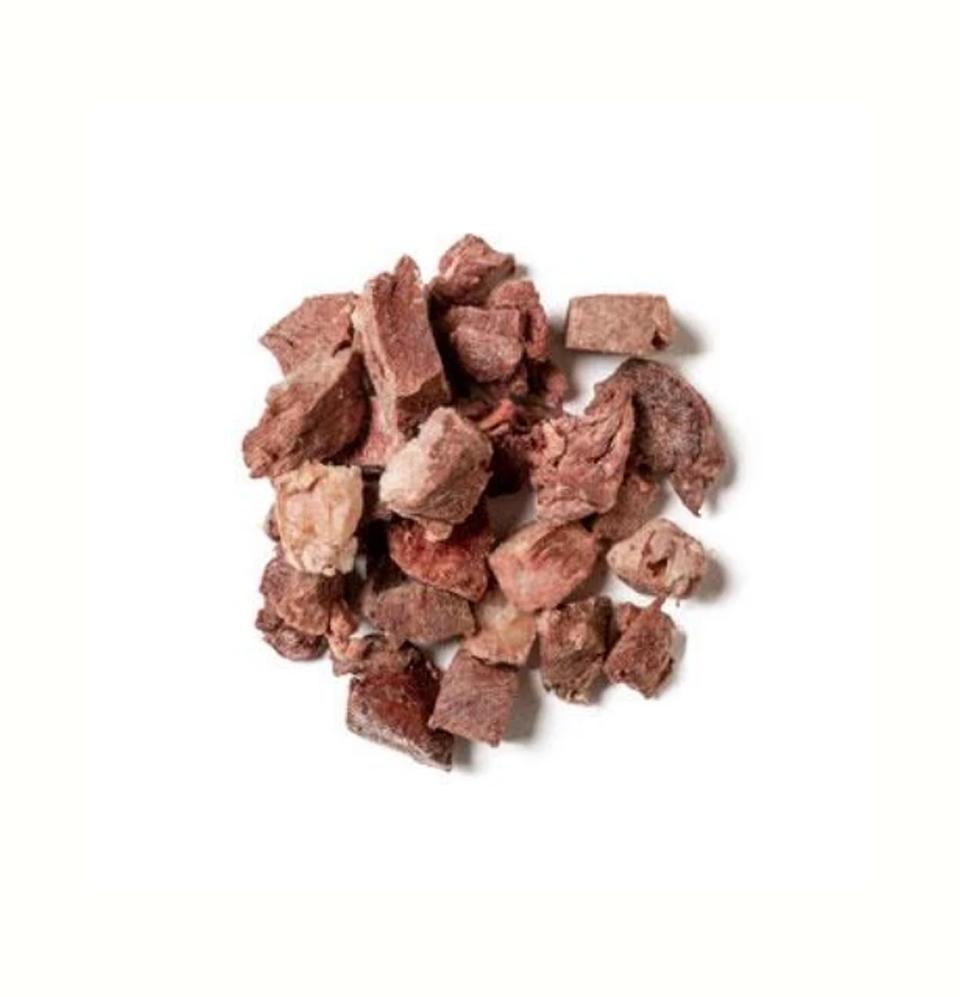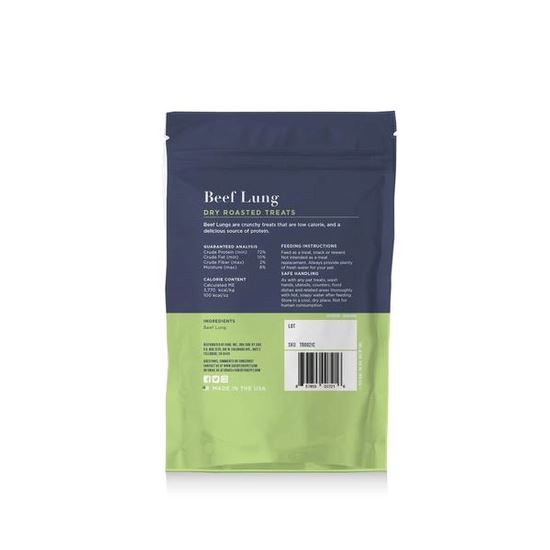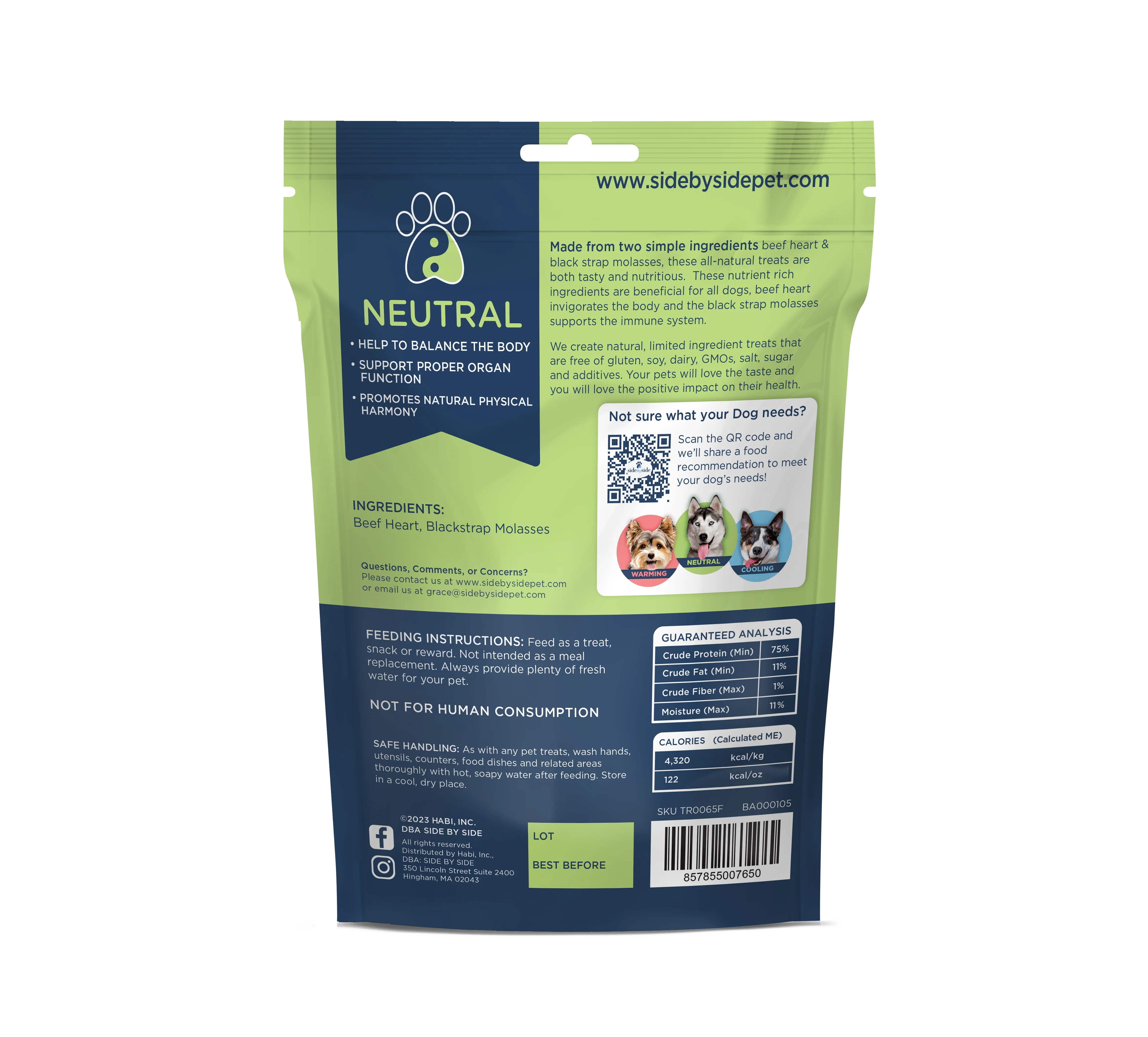
What the Yin Yang Symbol Means for Your Pet

The History of the Yin Yang Symbol
The Yin Yang symbol, also known as the Taijitu, has its roots in ancient Chinese philosophy and represents the concept of dualism and harmony.
Historians have traced the Yin Yang symbol's history back to the philosophy of Taoism, which emerged in China around the 4th century B.C.E.
The earliest Chinese characters for yin and yang were found in inscriptions on "oracle bones."
Oracle bones are skeletal remains of various animals used in ancient Chinese divination practices as early as the 14th century B.C.E.
However, the earliest depiction of the Yin Yang symbol can be found in the I Ching (Book of Changes), an ancient Chinese divination text dating back to the 9th century B.C.E.
However, the symbol gained more widespread recognition and popularity during the Song Dynasty (960-1279 CE) in China.
The Meaning of the Yin Yang Symbol
The Yin Yang symbol is a circle divided into two teardrop-shaped halves.
One half is black, representing yin, and contains a small white dot. The other half is white, representing yang, and includes a small black dot.
The dots within each half symbolize the seed of the opposing force, indicating that yin contains yang and yang contains yin.
The curved line dividing the two halves signifies the dynamic interplay and interconnectedness between the two forces.
The term "yin yang" originates from the Chinese characters "yin" (阴) and "yang" (阳), which represent opposing and complementary forces.
Yin is associated with darkness, femininity, passivity, and the moon. In contrast, yang is associated with light, masculinity, activity, and the sun.

The Yin-Yang symbol originates from Taoist philosophy, which teaches the interdependence and balance of opposing forces. It illustrates how everything in the universe contains complementary aspects of Yin (cool, restful, nourishing) and Yang (warm, active, energizing).
Yin and Yang are never fixed or absolute—they exist only in relation to each other. They are constantly shifting and transforming, moving in a perpetual cycle that sustains balance and harmony. This eternal dance of opposites is reflected in nature, health, and life itself.
Over time, the Yin-Yang symbol has transcended its roots in Taoism to become a universal emblem of balance. It is seen across Chinese culture, martial arts, medicine, spirituality, and, in TCVM, as a guiding principle for understanding health. Its profound yet simple design continues to resonate worldwide, reminding us of the natural flow of opposites working together in harmony.
The Yin Yang Symbol and TCVM (Traditional Chinese Veterinary Medicine)
If your pet visits a TCVM-trained veterinarian, you’ve likely noticed the Yin-Yang symbol displayed in the clinic. This symbol is more than just decoration. It embodies one of the core philosophies guiding TCVM practice and how it supports your pet’s health.
In Traditional Chinese Veterinary Medicine (TCVM), the Yin-Yang symbol holds the same deep significance as it does in Traditional Chinese Medicine (TCM) for people. TCVM practitioners use the principles of Yin and Yang to interpret patterns of balance and imbalance within the body.
The symbol represents the dynamic interplay between opposing yet complementary forces (rest and activity, cooling and warming, nourishment and movement) within your pet’s body and environment. When Yin and Yang energies are in harmony, the result is optimal health, resilience, and vitality. This balance is at the heart of every TCVM treatment, whether it is achieved through acupuncture, herbs, food therapy, or lifestyle guidance.
Diagnosis & Treatment
A TCVM-trained veterinarian approaches diagnosis in a very different manner from a conventional Western veterinarian. Instead of focusing only on lab tests and imaging, they also observe your pet’s overall balance of energy. Using the Four Examinations—looking, listening/smelling, asking, and touching—they gather detailed information. They may evaluate the tongue and pulse, check the coat, eyes, and demeanor, and listen carefully to your pet’s history and symptoms. These signs help the vet identify patterns of imbalance in Yin, Yang, Qi, and Blood.
Pattern Differentiation
In TCVM, disease is not viewed as a single condition, but rather as a pattern of disharmony. For example, two dogs with chronic diarrhea may have completely different TCVM diagnoses: one may suffer from “Spleen Qi Deficiency” while another shows signs of “Liver Qi Stagnation attacking the Spleen.” By identifying the underlying pattern, the veterinarian can create a treatment plan that restores balance rather than just treating symptoms.
Treatment in TCVM
Once a diagnosis is made, TCVM-trained vets use one or more healing modalities to bring the body back into harmony. Treatments may include:
- Acupuncture: inserting fine needles into specific points to unblock Qi and restore flow.
- Herbal Medicine: prescribing classical formulas to tonify deficiencies, move stagnation, or clear Heat.
- Food Therapy: recommending diets based on energetic properties (cooling, warming, neutral) to support organ balance.
- Tui-na (massage): a form of Chinese medical massage that stimulates Qi and Blood circulation.
An Integrative Approach
Many TCVM veterinarians also integrate Western diagnostic and treatment methods with Eastern approaches. This allows them to treat the whole pet—body, mind, and spirit—while still addressing urgent medical needs with modern tools when necessary. By combining both systems, pets receive a more complete and balanced approach to healing.
Balancing Yin and Yang
Applying TCVM techniques (such as acupuncture, herbal medicine, food therapy, and other modalities) aims to restore the balance of Yin and Yang energies in animals.
There are even things you can do at home to help your pet attain Yin Yang balance.
In TCVM, the ultimate goal is to promote the smooth flow of Qi (vital energy) and create harmony within the body, supporting your pet’s overall health and well-being. Balance is at the heart of this process.
The Yin-Yang symbol perfectly represents this principle, illustrating the constant interplay between Yin (cooling, nourishing, resting) and Yang (warming, active, moving) energies. When Yin and Yang are in harmony, animals thrive with vitality, resilience, and emotional balance.
So, the next time you see a Yin-Yang symbol on a veterinary clinic sign, business card, or pet health product, you’ll understand its deeper meaning. It’s a promise that the services or products offered go beyond the average—they honor the ancient wisdom of balance, aiming to keep your pet healthy, happy, and whole.
How to Find a TCVM-Trained Veterinarian
It can be difficult to find a TCVM-trained veterinarian. However, we can help! We work with many talented veterinarians on a regular basis. The vets on our authorizing vet list are happy to help.
Another option is searching the American Holistic Veterinary Medicine Association's vet list.
If you're still having trouble finding a veterinarian in your area, a third option is to get a TCVM telemedicine consultation with one of our founders, Dr. Smith or Dr. Damron.
If you get a TCVM telemedicine consultation with one of our veterinarians, you'll get personalized TCVM recommendations specific to your pet, including:
- Food Therapy Recommendations
- TCVM Herb Recommendations & Veterinary Authorization
- Supplement Recommendations
- Alternative Medicine Recommendations
- Answers to Your Questions
You can learn more about our veterinarians and their expertise and/or schedule by visiting their websites:
- Marc Smith, DVM, MS - Natchez Trace Veterinary Services
-
Casey Damron, DVM, CVA - White Oak Animal Hospital
Sources:
- Yinyang (Yin-yang) | Internet Encyclopedia of Philosophy. (n.d.). https://iep.utm.edu/yinyang/
- Cartwright, M. (2023). Yin and Yang. World History Encyclopedia. https://www.worldhistory.org/Yin_and_Yang/

